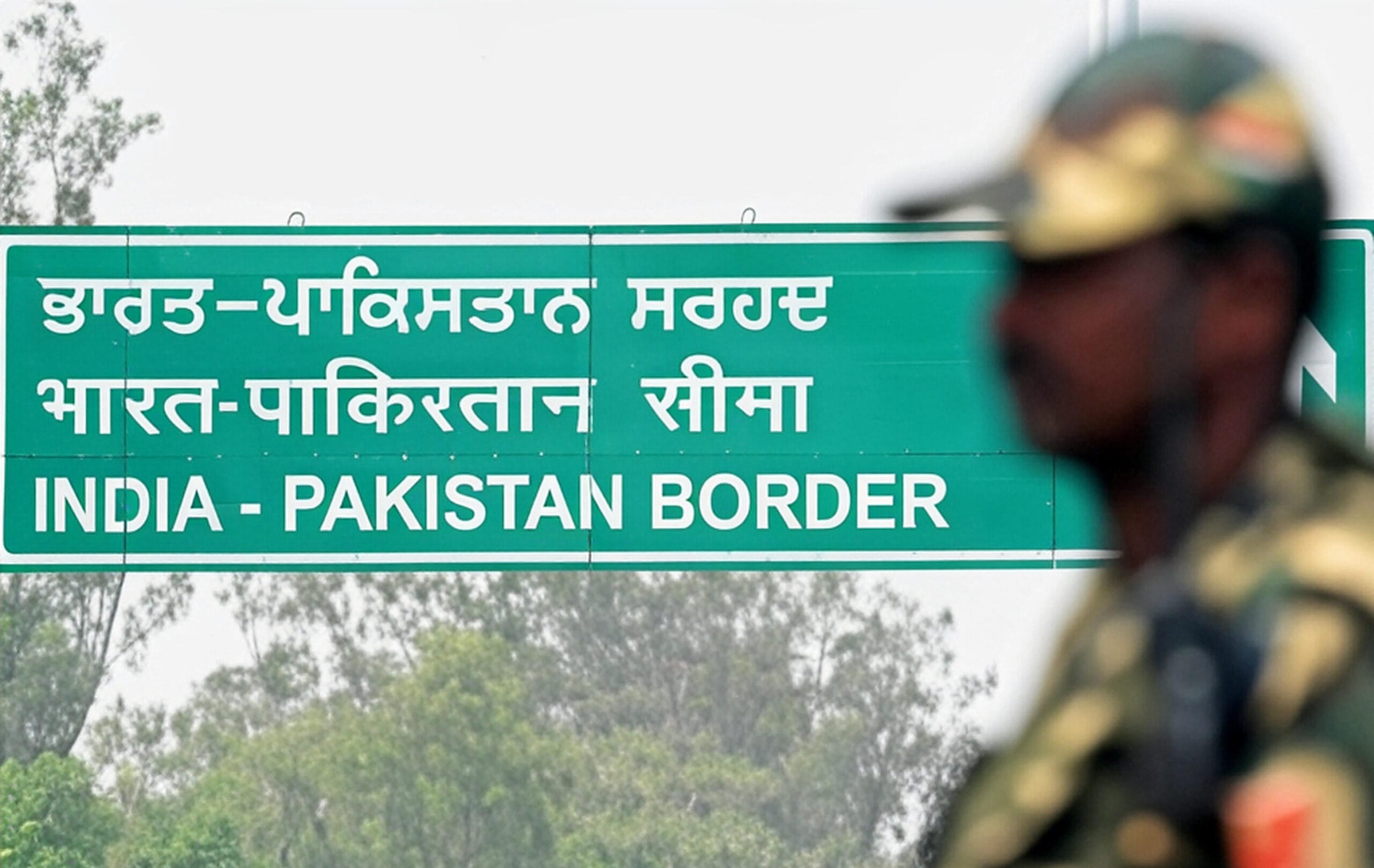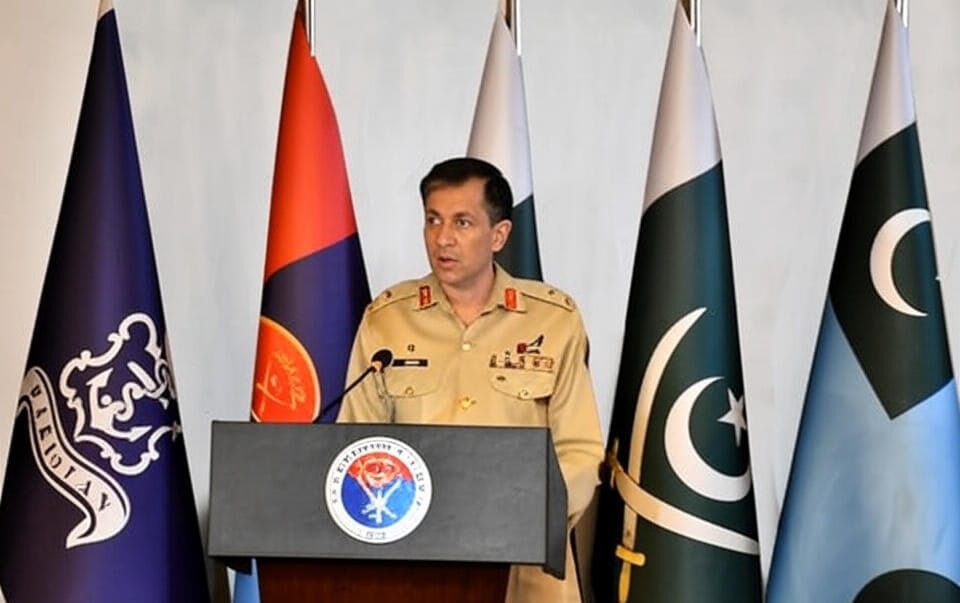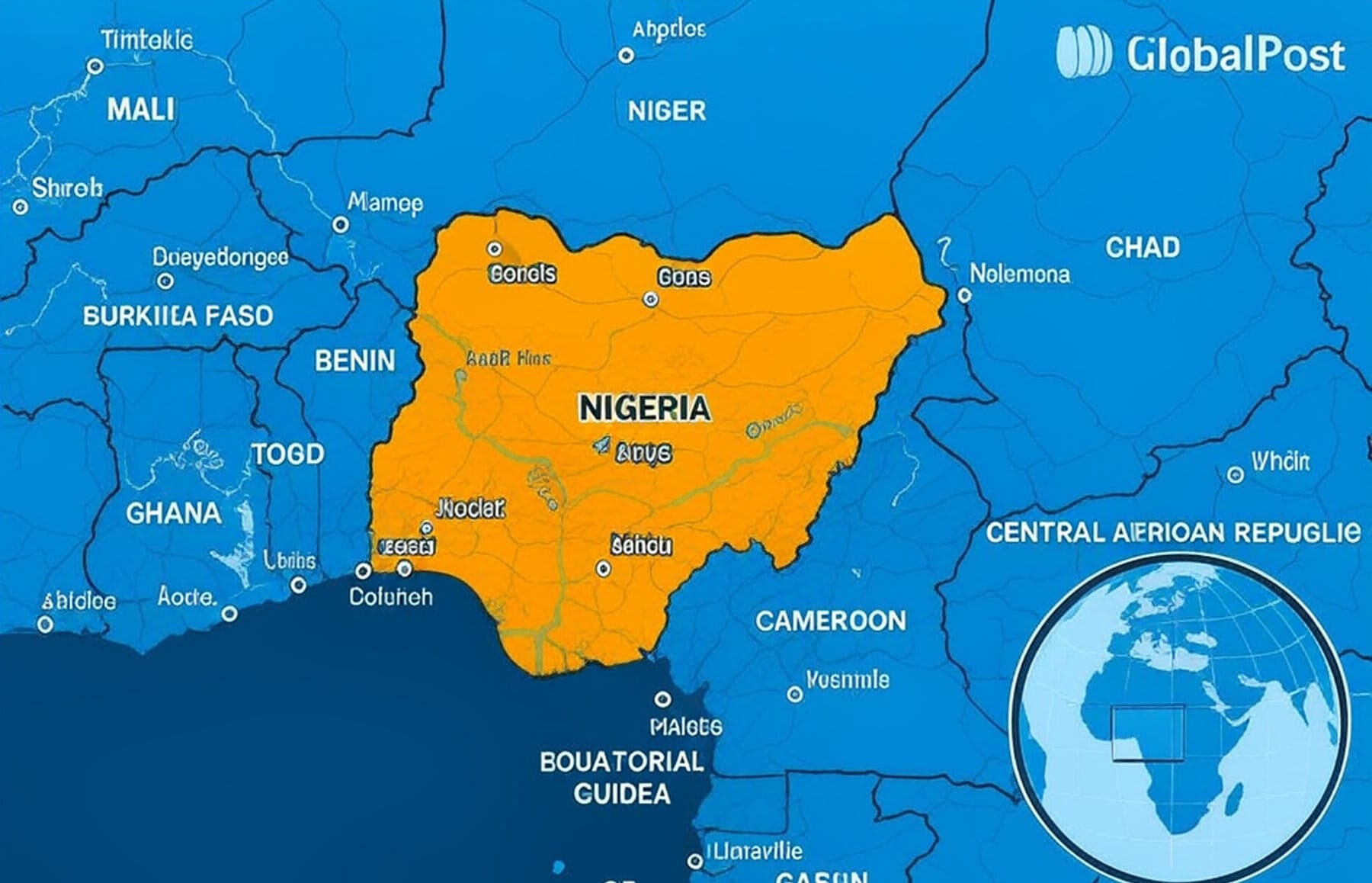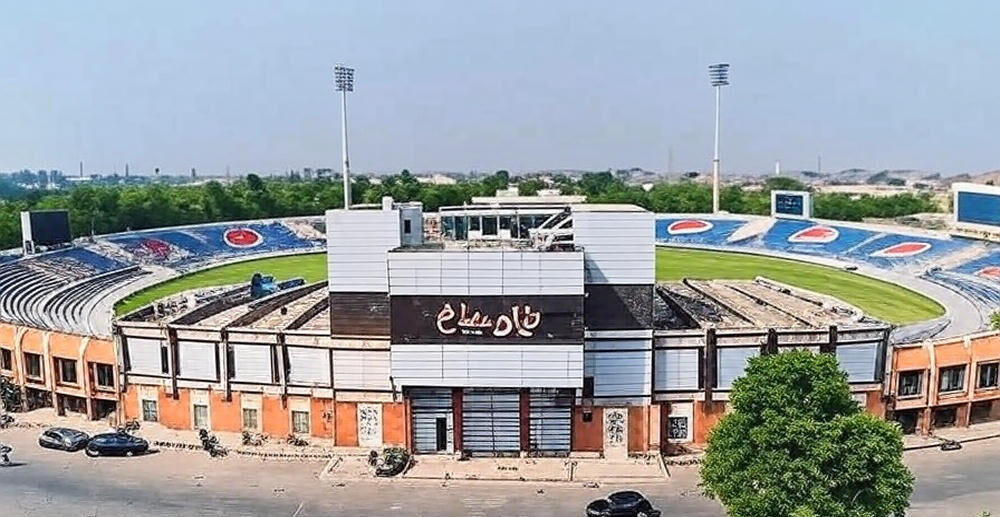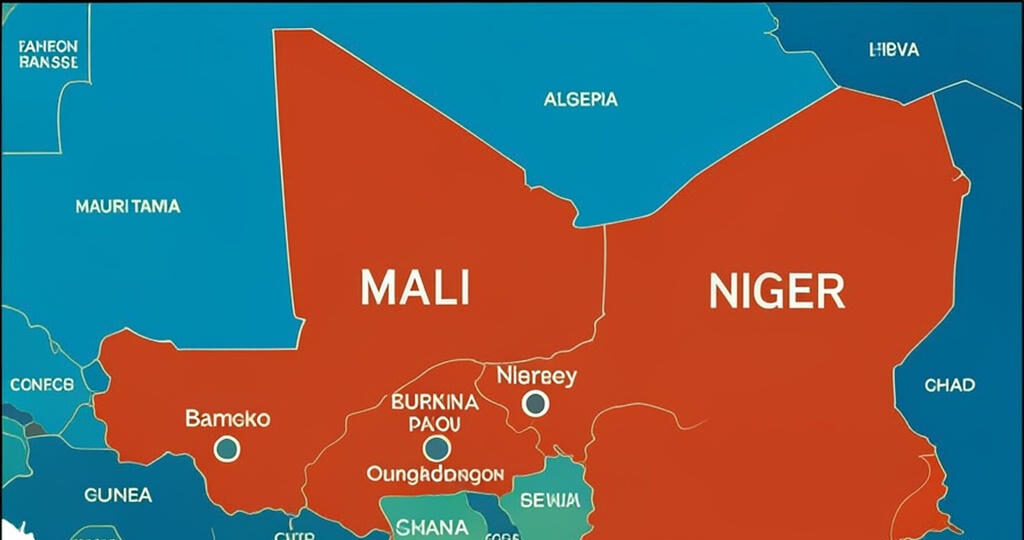
November 9, 2025
Mali capital, Bamako, confronts an existential crisis as the al-Qaeda-affiliated Jama’at Nusrat al-Islam wal-Muslimin (JNIM) enforces a relentless two-month fuel blockade, effectively isolating the city of 4 million residents and precipitating widespread shortages. Commenced in early September as retribution for the military junta’s imposition of restrictions on informal fuel sales in rural territories under JNIM influence, this siege has intercepted nearly all tanker convoys, causing fuel prices to escalate by 500% and disrupting critical infrastructure. Educational institutions, commercial enterprises, and public transportation have ceased operations, while interminable queues at rationed petrol stations breed frustration and potential violence. In response, Western governments—including the United States, United Kingdom, France, Germany, and Australia—have disseminated urgent evacuation directives, emphasizing the “unpredictable” security environment and systemic failures. This Mali JNIM blockade 2025 represents a sophisticated form of economic warfare, designed to undermine Colonel Assimi Goïta’s regime without engaging in direct urban combat, thereby marking a pivotal escalation in the Sahel’s protracted instability.
JNIM’s Calculated Sieg
Operational Details of the Blockade
JNIM operatives strategically intercept supply routes originating from Côte d’Ivoire, Senegal, and Mauritania, deploying improvised explosive devices (IEDs), roadblocks, and targeted ambushes within a 100-150 kilometer radius of Bamako. Convoys are systematically destroyed or commandeered, instilling fear among transporters and halting imports.
- Incident Volume: More than 20 documented attacks since September, resulting in the incineration of numerous tankers.
- Price Inflation Dynamics: Official fuel costs have surged from approximately $25 to $130 per liter, with black-market rates even higher.
- Secondary Effects on Energy: Diesel deficits compel reliance on an unreliable national grid, extending scheduled power outages and crippling backup generators.
Mali landlocked status amplifies vulnerability, rendering overland pathways indispensable for sustaining urban life.
Strategic Evolution in Jihadist Methodology
JNIM’s recent territorial gains in southern Mali facilitate prolonged interdictions, transitioning from localized insurgency to nationwide coercion. This approach diverges from earlier incursions, such as the September 18 assault on a Bamako hotel, prioritizing sustained pressure over spectacular violence.
- Underlying Grievances: Direct response to junta prohibitions on fuel transactions in JNIM-dominated regions, which previously funded operations.
- Intelligence and Community Integration: Embedded informants provide real-time convoy intelligence, enhancing strike precision.
- Media Amplification: Circulated footage of ablaze vehicles serves recruitment and intimidation purposes, bolstering JNIM’s narrative of imposing sharia governance.
Experts note this siege exploits junta overextension, diverting military assets from counterinsurgency efforts elsewhere.
Bamako’s Descent into Daily Desperation
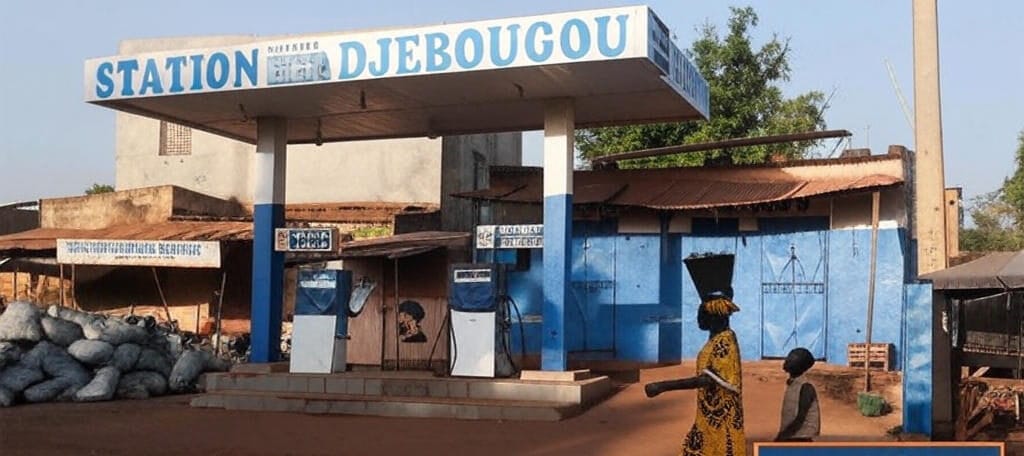
Street-Level Realities for Ordinary Citizens
Residents endure exhaustive waits at the scant operational fuel depots, where allocations are capped at 13 liters per vehicle. Many, including ride-hail operators like Abdoulaye, bivouac overnight to secure provisions, amid rising incidents of queue-related altercations.
- Transportation Paralysis: Public buses and taxis operate sporadically; private vehicles remain idle, doubling commuter costs.
- Educational Disruptions: All universities and secondary schools have suspended classes indefinitely, affecting hundreds of thousands of students.
- Healthcare Vulnerabilities: Emergency vehicles are immobilized; medical facilities ration fuel for essential equipment, jeopardizing patient care.
The evaporation of informal fuel markets exacerbates inequities, disproportionately impacting low-income households.
Compounded Humanitarian Dimensions
This blockade intensifies Mali overarching emergency, where 6.4 million individuals require assistance and 3.7 million confront acute food insecurity. Supply chain interruptions impede aid convoys, particularly in peripheral famine-threatened zones.
- Population Movements: Renewed displacement as rural populations flee advancing JNIM forces toward urban centers.
- Public Health Threats: Fuel shortages disable water purification pumps, heightening risks of cholera and other outbreaks.
- Socioeconomic Strain: Food prices have doubled; informal economies collapse, fostering resentment toward authorities.
Analysts warn of impending urban protests if shortages persist unchecked.
Evacuations Signal Global Concern
Coordinated Western Evacuation Measures
The U.S. Department of State mandates immediate commercial egress, highlighting infrastructure breakdowns and proximate armed threats. Parallel advisories from France, the UK, Germany, and Australia reinforce this urgency.
- U.S. Directive: Emphasizes “critical disruptions to fuel, electricity, and transportation; proximity of JNIM elements.”
- French Prioritization: Facilitates citizen repatriation, citing rapid deterioration.
- Broader Implications: Signals diminished confidence in junta protective capabilities.
These actions reflect apprehensions over regional spillover, including migration surges and jihadist proliferation.
Mali Isolation and Internal Challenges
Mali January 2025 withdrawal from ECOWAS exacerbates diplomatic solitude, while partnerships with Russia’s Africa Corps yield marginal convoy safeguards.
- Operational Constraints: Escort missions incur casualties without restoring flow.
- Proposed Alternatives: Limited airlift initiatives face logistical and financial barriers.
- Domestic Criticism: Public discourse accuses the regime of mismanagement, eroding legitimacy.
Multifaceted Interventions Required
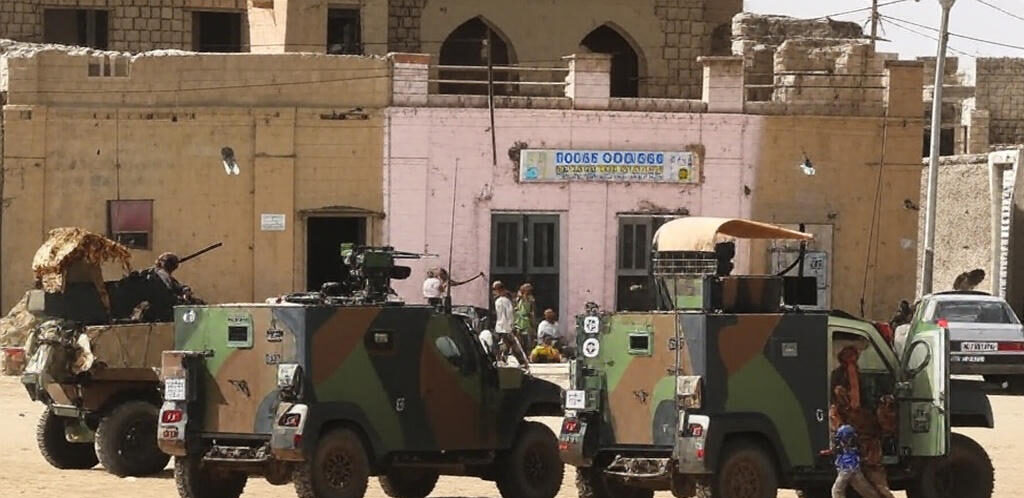
Immediate Mitigation Strategies
Securing alternative routes with augmented escorts and initiating aerial resupply could provide temporary relief, though sustainability remains questionable.
- Tactical Adjustments: Multi-pronged military operations to clear highways.
- Policy Concessions: Potential relaxation of rural fuel controls to incentivize JNIM restraint.
- Humanitarian Corridors: UN-facilitated, monitored pathways for essential goods.
Structural Reforms for Endurance
Long-term stability necessitates addressing root causes, including governance deficits and ethnic marginalization.
- Inclusive Dialogue: Engaging local mediators to negotiate with JNIM factions.
- Economic Diversification: Investments in renewable energy to reduce fuel dependency.
- International Support: Augmented funding from AU and UN for resilience-building programs.
Without comprehensive action, the blockade risks precipitating regime collapse or broader conflict.
Mali Bamako’s Fate Hangs in the Balance
JNIM’s fuel siege exposes profound vulnerabilities in Mali military governance, converting economic leverage into a potential tipping point for national stability. As Bamako suffocates under mounting pressures, the imperative for coordinated multilateral intervention grows urgent to prevent humanitarian catastrophe and Sahel-wide destabilization. The international community must prioritize diplomatic mediation, aid mobilization, and accountability to forge a path beyond this impasse.
References
https://www.aljazeera.com/news/2025/10/29/fuel-crisis-in-mali-spirals-as-armed-group-chokes-off-supplies-to-capitalhttps://www.reuters.com/world/africa/mali-army-carries-out-airstrikes-after-militants-announce-blockade-fuel-imports-2025-09-08/https://apnews.com/article/mali-fuel-blockade-jnim-al-qaida-shortage-087978063870ee29d5f9bcb7280b2c79https://www.reuters.com/sustainability/society-equity/jihadists-fuel-blockade-poses-biggest-threat-yet-malis-military-rulers-2025-11-03/https://www.aljazeera.com/news/2025/11/6/is-mali-about-to-fall-to-al-qaeda-affiliate-jnimhttps://www.bbc.com/news/articles/cd071g83101ohttps://www.aljazeera.com/news/2025/10/27/mali-shuts-schools-as-fuel-blockade-imposed-by-fighters-paralyses-countryhttps://apnews.com/article/mali-jnim-fuel-blockade-schools-dc75c7ef62995c4f7a25ca4be4b4a07ahttps://www.aljazeera.com/news/2025/11/7/france-urges-citizens-to-leave-mali-as-armed-group-blockade-intensifieshttps://www.reuters.com/world/africa/mali-suspends-schools-over-fuel-crisis-strikes-deal-with-russia-petroleum-2025-10-27/
